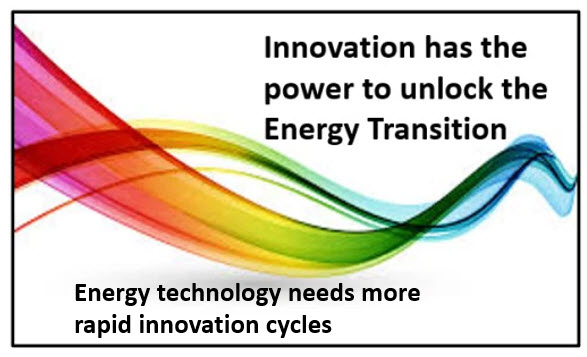Sustainability is central to innovation’s future progress

Today’s challenge for me is not only to be building the innovation capacity but also to be establishing clear ways on how we should set about sustaining it. Increasingly, organizations must have the capability and capacity to sustain innovation to provide the stimulus for lasting growth and resolve the complex challenges we face today and in the future.
To get there, though, it does seem this must be through continued learning. Hence, your capabilities become stronger, evolving and more unique, thus making them more difficult for competitors to understand and imitate.
Let me outline an innovation framework that builds capability through a sustained approach.
When you set out to build capability to be sustaining, you need to consider there are two types of capabilities, distinctive, which are the characteristics of the organization which others cannot replicate and reproductive, which can be bought in by the competition but always need to need to be appropriate to any objectives you are trying to achieve. Continue reading “Sustainability is central to innovation’s future progress”

 The growing fears are that we are falling behind the need to meet the Energy Transition required goals to the World has agreed to by 2050, set to meet the Paris Climate Agreement.
The growing fears are that we are falling behind the need to meet the Energy Transition required goals to the World has agreed to by 2050, set to meet the Paris Climate Agreement.





